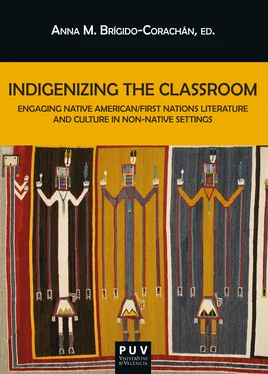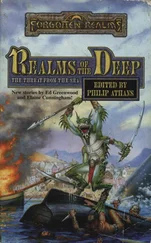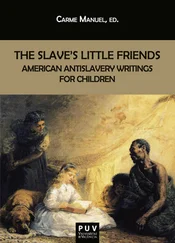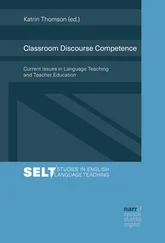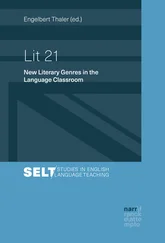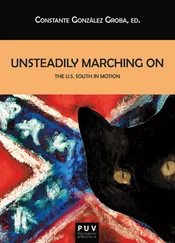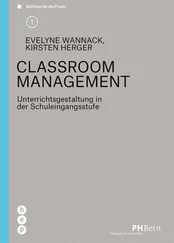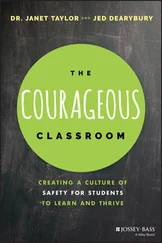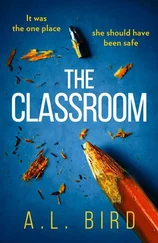In this respect, even captivity narratives, historical accounts by non-Native chroniclers, contemporary Black Canadian fiction, or children’s literature can be indigenized and strategically used as allied texts in our teaching of Native North American literature, culture and history. As Muskogee Creek poet laureate Joy Harjo poignantly states in her dialogical poem “Advice for Countries, Advanced, Developing and Falling”: “There will be no balance without all voices present in the power circle” (80). In education, classrooms are our power circle.
Works Cited
Aboriginal Worldviews and Perspectives in the Classroom. Moving Forward . British Columbia Ministry of Education. Queen’s Printer Publishing Services, 2015.
Allen, Chadwick. Trans-Indigenous: Methodologies for global Native literary studies . University of Minnesota Press, 2012.
Allen, Paula Gunn. Studies in American Indian Literature: Critical Essays and Course Designs . Modern Language Association (1983) 1995.
Armstrong, Jeannette, ed. Looking at the Words of Our People: First Nations Analysis of Literature. Theytus, 1993.
Battiste, Marie. Decolonizing Education: Nourishing the Learning Spirit. University of British Columbia Press, 2017.
Harjo, Joy, Gloria Bird, and Patricia Blanco, eds. Reinventing the Enemy’s Language: Contemporary Native Women’s Writing of North America. WW Norton & Company, 1997.
Harjo, Joy. An American Sunrise . Norton, 2019.
Kovach, Margaret. Indigenous Methodologies: Characteristics, Conversations, and Contexts . University of Toronto Press, 2010.
LaRocque, Emma. “Teaching Aboriginal Literature: The Discourse of Margins and Mainstreams.” In Reder and Morra, 2016. 55-72.
Louie, Dustin William, et al. “Applying Indigenizing principles of decolonizing methodologies in university classrooms.” Canadian Journal of Higher Education/Revue canadienne d’enseignement supérieur 47.3 (2017): 16-33. https://doi.org/10.7202/1043236ar
McKegney, Sam. “Strategies for Ethical Engagement: An Open Letter Concerning Non-Native Scholars of Native Literatures.” In Reder and Morra, 2016. 79-88.
Mihesuah, Devon Abbott, and Angela Cavender Wilson, eds. Indigenizing the Academy: Transforming Scholarship and Empowering Communities . University of Nebraska Press, 2004.
Momaday, N. Scott. “The Man Made of Words.” The Man Made of Words: Essays, Stories, Passages . Macmillan, 1998.
Portillo, Annette. “Indigenous-Centered Pedagogies: Strategies for Teaching Native American Literature and Culture.” The CEA Forum . Winter/Spring (2013): 155-178.
Reder, Deanna, and Linda M. Morra, eds. Learn, Teach, Challenge: Approaching Indigenous Literatures . Wilfrid Laurier University Press, 2016.
Smith, Linda Tuhiwai. Decolonizing Methodologies: Research and Indigenous Peoples . Zed Books. University of Otago Press, 2013 (1999).
Spivak, Gayatri Chakravorty. Death of a Discipline . Columbia University Press, 2003.
Vizenor, Gerald. Native Liberty: Natural Reason and Cultural Survivance . University of Nebraska Press, 2009
Warrior, Robert Allen. Tribal Secrets. Recovering American Indian Intellectual Traditions . University of Minnesota Press, 1995.
Weaver, Jace. That the People Might Live: Native American Literatures and Native American Community . Oxford University Press, 1997.
Wildcat, Matthew, et al. “Learning from the Land: Indigenous Land-Based Pedagogy and Decolonization.” Decolonization: Indigeneity, Education & Society 3.3 (2014): 1-15.
Whyte, Kyle Powys, and Chris J. Cuomo. “Ethics of Caring in Environmental Ethics.” The Oxford Handbook of Environmental Ethics , 2016. 234.
Womack, Craig. Red on Red. Native American Literary Separatism. University of Minnesota Press, 1999.
1 We would like to express our gratitude to the Conselleria d’Innovació, Universitats, Ciència i Societat Digital (Generalitat Valenciana) for generously providing the research funds that enabled the writing of this chapter and the edition of the volume as a whole (Research Project: “Las literaturas (trans)étnicas norteamericanas en un contexto global: representaciones, transformaciones y resistencias.” Ref. GV/2019/114).
Pedagogies of Language Sovereignty
Phillip H. Round
University of Iowa
As a teacher of Native American literature at a US university, I have become very familiar with the challenges posed by the necessity to offer that literature within a context that is true to the complex relations that exist between it and federal Indian policy, individual tribal communities’ cultural and social practices, and the history of its place in the broader canon of American literature. Those problems might at first seem to be insurmountable in the context of European university curricula. But, in reality, my US students are often very unfamiliar with their own nation’s history and are in need of a kind of remediation that is no more demanding than the work non-US teachers must put into their own pedagogical practices when they offer their students Native American literary texts.
As a response to this situation, I offer an approach to teaching Native American literatures in non-US settings that I call a “pedagogy of language sovereignty.” Simply put, this teaching method puts the struggle of Native nations to revive and maintain their languages front and center in the classroom. For our purposes, “language sovereignty” may be defined as an Indigenous community’s use of its traditional language as a tool “for stressing its cultural and historical uniqueness,” as well as their “cultural distinctness from nonindigenous governments” (Viatori and Ushigua 7). Having taught for a few semesters at universities in Portugal and Spain, I have some experience in translating the cultural contexts of “American” literary works for European students. When I have turned my attention to the doubly difficult task of contextualizing Native literature (a body of texts and orature traditions that many Native theorists resist calling “American” at all), I seized upon this formulation as a response to the question “How one would teach Native American Literature as World Literature?”
Ever since Goethe announced that “the era of world literature is at hand, and everyone must contribute to accelerating it,” there has been a corresponding commitment “to acknowledge and validate occluded regions of the non-Western world as unique literary and historical spaces that contribute to the whole” ( Conversations 133). This recognition has, in turn, “necessitated an altogether different framework for theorizing concepts such as language, nation, and masterpieces” (“World Literature” 1). This is laudable goal, and I can see why thinking about Native literature in this way might be helpful. Still, I have some concerns about applying this perspective to Native literature. Like the term “World Music,” World Literature is not a fixed category. By applying it to Native texts, its lack of definitiveness could lead us into some pretty unsavory places—cultural appropriation, generalization, homogenization. Indeed, contemporary Native American critics like Jace Weaver have forcefully argued that “Native American literary output [is] separate and distinct from other national literatures’ and “proceeds from different assumptions and embodies different values from American literature” (15).
Therefore, in order to present what I think is a more Native nation-centered praxis as a ground for our foray into this world perspective, I propose a language sovereignty-oriented pedagogy that is decolonizing in a number of ways. For one thing, as Indigenous language educator Belinda Daniels of the Sturgeon Lake First Nations in Canada has recently observed, “In order for a nation to exist, the Nehiyawak [Sturgeon Lake First Nations], for example, require five elements: land, culture, governance, people and a language.” 1 In fact, a Native community’s pursuit of language revitalization, intertwines with the other four elements of cultural survival Daniels cites here—language embodies culture, enunciates governance, knits people together. My pedagogical ideas thus derive from the power of language to circulate through and constitute communities. In the classroom, this translates into a focus on the indigenous writer’s use of words in ways that speak to generational differences in their communities, address political shifts both within and without their tribes, and forge continuing links between their words and their homelands. Language is more than a medium of expression for these writers; it is a practice. It is a cultural technique that continually unites kinship groups across time, mobilizes time-honored ceremonial and storytelling practices in new ways to meet new political obstacles, and in many cases is viewed as an organic outgrowth of an indigenous homeland, grounding the speaker, writer, and listener in what the ethnographer Keith Basso has called “the wisdom of places.” 2
Читать дальше
